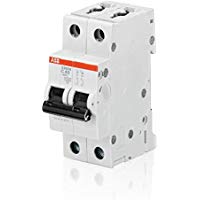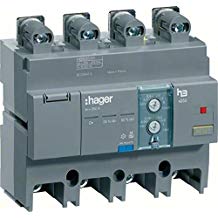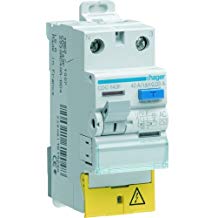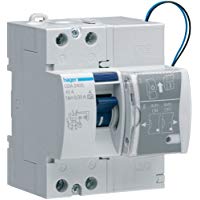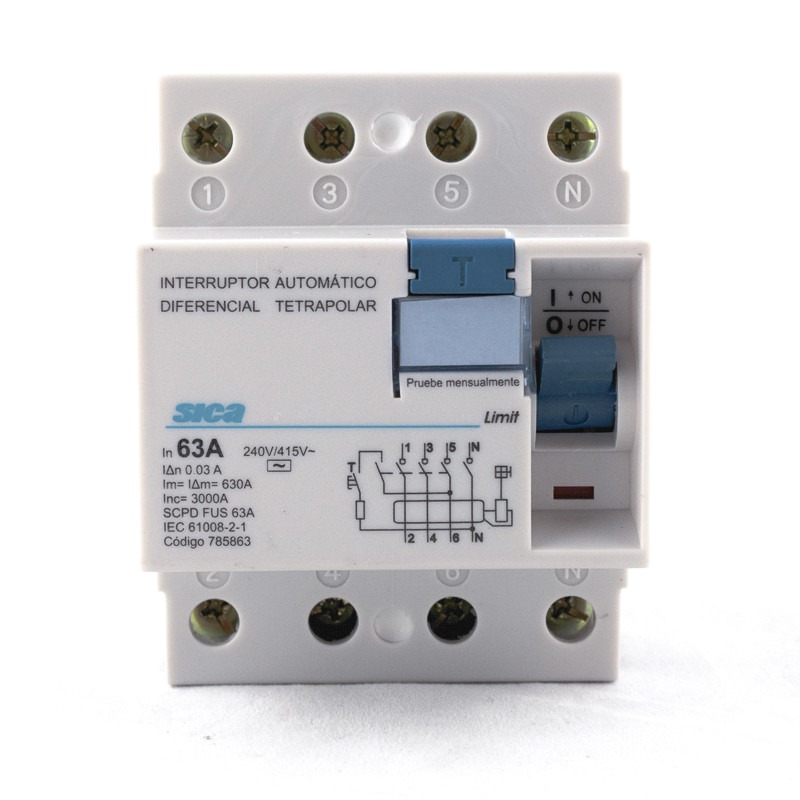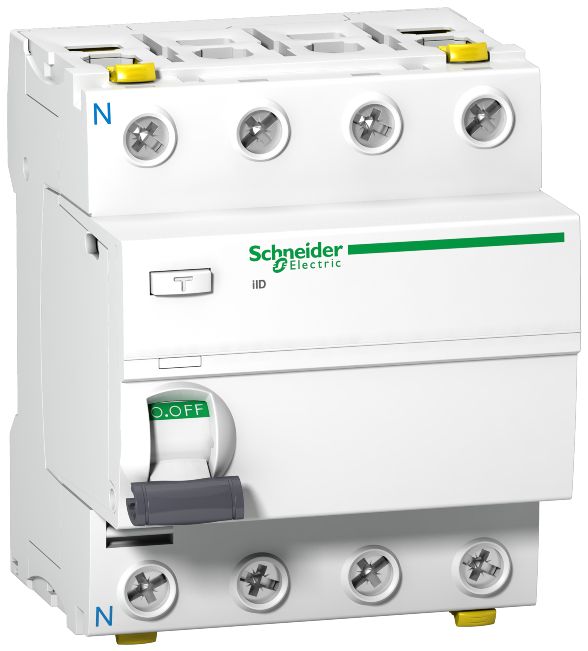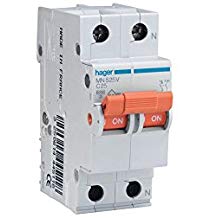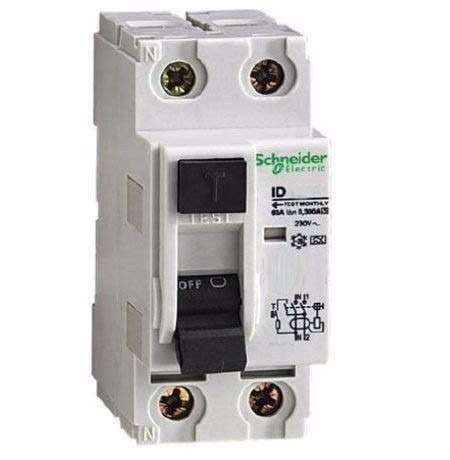We present the full range of differential and thermomagnetic switches, you can search for them by category, characteristic, operation, amperage, type, price. All the categories of our specialized store show switches that you can use in your facilities to protect your equipment effectively and safely.
The differential switch serves to protect people and the circuit breaker to protect equipment and facilities.
Normally, both mechanisms are in the electrical panel of your home. Although they appear integrated in the electrical panel, they are two independent switches that have different operation and utility. In fact, when one of them breaks down, it can be replaced individually.
Which is the best Interutpor Differential Magnetothermic?
Next we will see a comparison table between some of the best brands of circuit breaker differentials.
Its name is given because its operation is based on the magnetic and thermal effects produced by the current. The circuit breaker consists of two parts, an electromagnet and a bimetallic sheet.
The electromagnet acts against short circuits. Short circuits generate a rapid increase in current. Said current that circulates through the electromagnet is capable of generating a mechanical action that in only 25 thousandths of a second is capable of cutting the circuit.
The bimetal sheet serves as a thermal control. When this sheet is heated above a limit, it triggers a mechanical device that causes the power cut. This mechanism is more sensitive to current variations that cause the circuit breaker to jump. It is about acting against overloads caused by an excessive connection of devices that increase consumption above what the installation allows.
What is the best Magnetothermic Differential Switch?
2. Hager
1P + N 16A magneto-thermal automatic switch for dwellings. CHARACTERISTICS: Rated breaking capacity 6 kA. Ultimate breaking capacity in ac 230V (NF EN 60947-2) 20 kA. Curve C. Nominal rated current 16 A. Number of modules 2. Rated operating voltage in alternating current: 230; 400 V. Connection type: Screw cage. Screw terminal connection section. in flexible cable 1 to 16 mm². Connection section of the upper terminals. and inf. with screws in rigid cable 1 to 25 mm². Single-phase circuit breaker.
3. CHinT
4. POPP
Price of differential and thermomagnetic switches
Here you will find the best prices on the market since combined with quality you can acquire a totally professional durable product.
When looking for the right type of switch for what you need, you will notice that we have a catalog full of all the products you need.
Why do you need to install the RCDs
The specific operation that these devices present are very useful. It is impossible to think of a home or company that does not have these devices installed, since they would always be at the expense of damage to electronic devices without proper protection.
Characteristic of differential and thermomagnetic switches
The differential switch is a special electromechanical switch that, thanks to its internal devices, has the ability to detect the difference between the current absorbed by a consumer device and the return current. When this difference exceeds a value (generally 30 mA), the device interrupts the circuit, cutting off the current supply to the entire installation.
The differential and thermomagnetic switch is an electromechanical device, that is to say that its operation involves both electrical and mechanical energy, which is used as an automatic protection system.
This is installed in any electrical installation that has contact with people and its purpose is to protect people from any electrocution they may suffer.
How a differential and thermomagnetic switch works
To understand how a differential and thermomagnetic switch works, you must first know how an electrical circuit works. If we have a circuit where a current intensity enters, it travels through different loads that can be the electrical elements of the home, the intensity of the electrical current that leaves the circuit is the same as the one that entered.
Parts of a differential and thermomagnetic switch
The parts of a differential switch are as follows:
Toroid: Central core of the phase, neutral and residual current coils.
Phase coil: It is the coil through which the incoming current passes to the home to generate the first magnetic field.
Neutral coil: It is where the outgoing current of the home circulates to generate the magnetic field that is equal to that generated by the phase
coil. Residual current coil: It is the coil that generates current in the event of a magnetic field. This residual current is the one that warns that there is a difference between the incoming current and the outgoing current.
Solenoid:It contains a coil through which the residual current passes. In the event that this current exists, it means that the magnetic fields were not canceled, so the input current is different from the output current. This residual current generates a magnetic field that attracts the side of the solenoid, generating a movement that causes the circuit to open.
Other switches equal to the IDs that you can buy in our store:
We present the full range of differential and thermomagnetic switches, you can search your and thermomagnetic by category, characteristic, operation, amperage, type, price. All the categories of our specialized store show switches that you can use in your facilities to protect your equipment effectively and safely.
Price of differential and thermomagnetic switches
Here you will find the best prices on the market since combined with quality you can acquire a totally professional durable product.
When looking for the right type of switch for what you need, you will notice that we have a catalog full of all the products you need.
Why do you need to install the RCDs
The specific operation that these devices present are very useful. It is impossible to think of a home or company that does not have these devices installed, since they would always be at the expense of damage to electronic devices without proper protection.
Characteristic of differential and thermomagnetic switches
The differential switch is a special electromechanical switch that, thanks to its internal devices, has the ability to detect the difference between the current absorbed by a consumer device and the return current. When this difference exceeds a value (generally 30 mA), the device interrupts the circuit, cutting off the current supply to the entire installation.
The differential and thermomagnetic switch is an electromechanical device, that is to say that its operation involves both electrical and mechanical energy, which is used as an automatic protection system.
This is installed in any electrical installation that has contact with people and its purpose is to protect people from any electrocution they may suffer.
How a differential and thermomagnetic switch works
To understand how a differential and thermomagnetic switch works, you must first know how an electrical circuit works. If we have a circuit where a current intensity enters, it travels through different loads that can be the electrical elements of the home, the intensity of the electrical current that leaves the circuit is the same as the one that entered.
Parts of a differential and thermomagnetic switch
The parts of a differential switch are as follows:
Toroid: Central core of the phase, neutral and residual current coils.
Phase coil: It is the coil through which the incoming current passes to the home to generate the first magnetic field.
Neutral coil: It is where the outgoing current of the home circulates to generate the magnetic field that is equal to that generated by the phase
coil. Residual current coil: It is the coil that generates current in the event of a magnetic field. This residual current is the one that warns that there is a difference between the incoming current and the outgoing current.
Solenoid:It contains a coil through which the residual current passes. In the event that this current exists, it means that the magnetic fields were not canceled, so the input current is different from the output current. This residual current generates a magnetic field that attracts the side of the solenoid, generating a movement that causes the circuit to open.
Other switches equal to the IDs that you can buy in our store:
Other categories:



